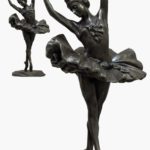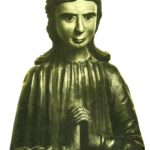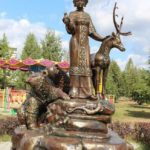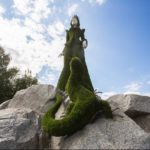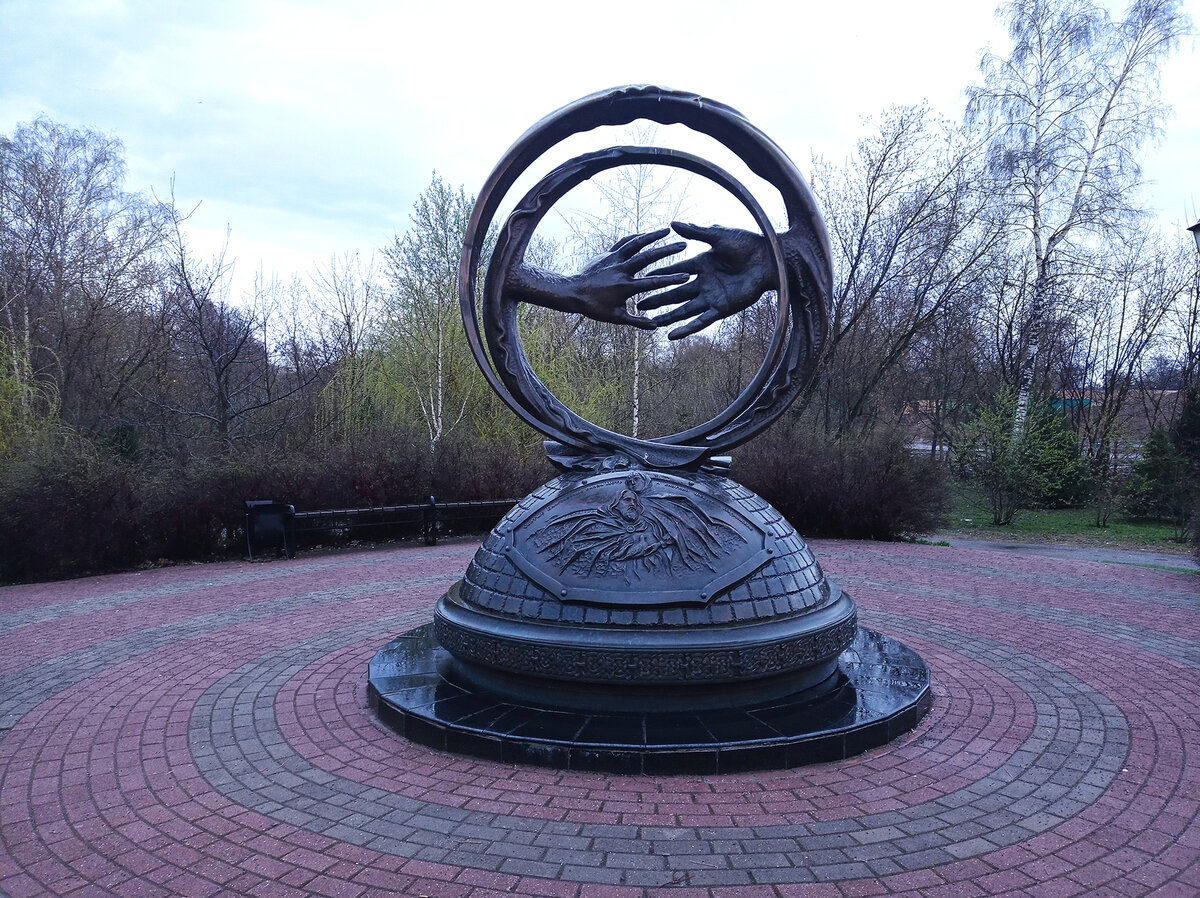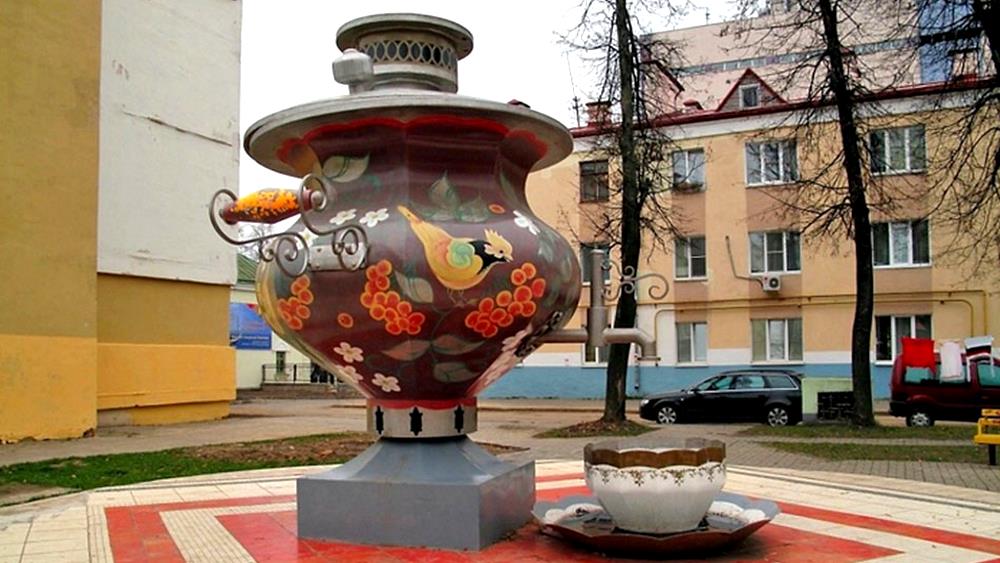Lithuanian Folk sculpture
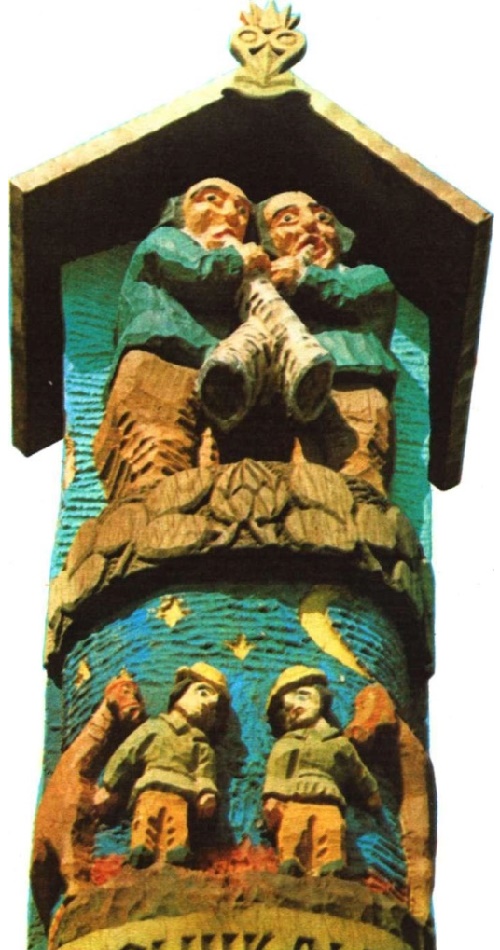
Lithuanian Folk sculpture made of wood – a unique area of the Lithuanian national culture. To the development of this art form in many ways contributed the nature of the region, where the wood for centuries was the main material. From it peasants built dwellings, created household utensils. It served to the creators of unique architectural and sculptural monuments of rural chapels, “memorable” pillars, burial tombs. Especially often met small, in several tiers chapels on the poles, where the master usually placed wooden sculptures of saints, the patron saint of the peasant labor, helpers in everyday life. Such small chapels were placed near roads and rivers, in the estates and cemeteries in memory of the important events in life: birth of a child or the death of the head of the family, or simply for protection against all troubles and diseases.

Today, these once stood the open-air works of folk sculptures are carefully kept in the best museums of the country. For centuries, the accumulated experience of the nameless carvers, their great skill, expressive images nourish folk art to this day. Traditional became the workshops where old masters share their experiences with young people, and often carry out joint work. However, not only national. Vintage wooden sculpture carefully study professional artists as well – sculptors and painters, graphics and artists of applied arts. Indeed, those who know modern Lithuanian art, agree that much of imagery, plastic and techniques rooted in the work of folk carvers.

Especially popular among the residents of the old Lithuanian village enjoyed the image of Our Lady mourning her son – “Pieta”. A small (30-50 cm), painted wooden sculpture of the Sorrowful stored in almost every home. She was the symbol of a mother’s love and patience. Masters portrayed her as a simple peasant with the typical, slightly coarse facial features. Carver, as a rule, did not keep the proportions, highlighting the figure of the mother and the son. Master painted red clothes of Mary and coat – blue. And sonorous colors have given the tragic story majeure, inherent in the people’s perception of the world. The villagers treated her image as an animate being: decorated with beads, and sometimes even clothes; near the sculptures were always flowers.
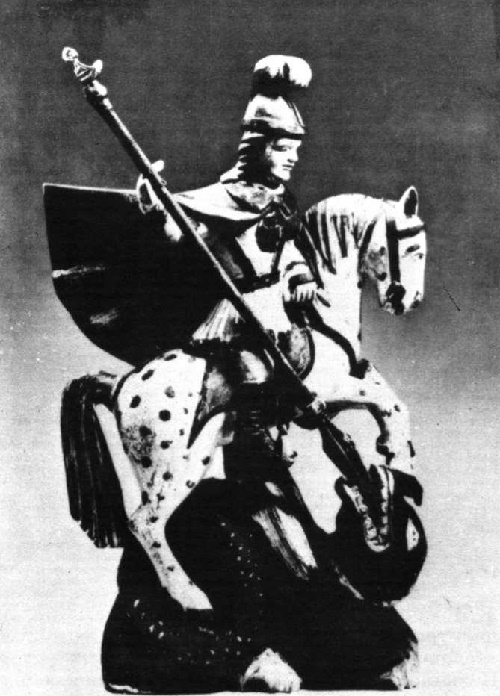
The peasant house carefully stored the image of St. Jurgis (George) – a fearless warrior, according to an old legend, who rescued people from the bloodthirsty dragon. Fantasy of anonymous engraver endowed the young man with fabulous features: he is in a high hat, in a flowing red cloak behind, riding a white dapple horse trampling the green monster. The people also revered Jurgis as patron of crops. Every spring, with the awakening of nature, the peasants carried the sculpture out of the house, and went to the field in the hope of a good harvest.
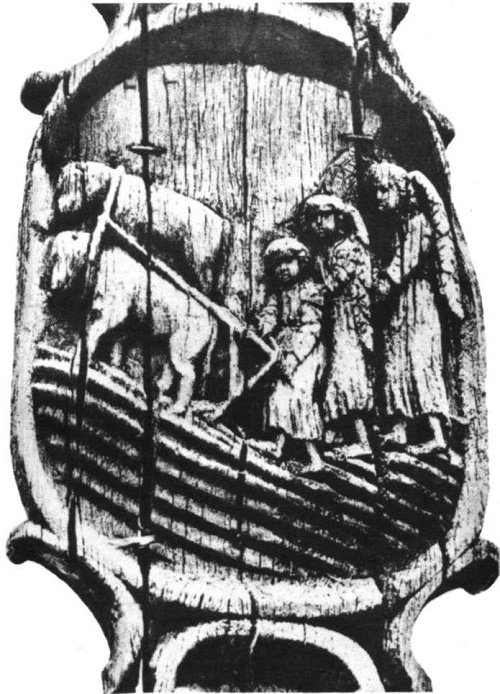
At the end of XIX – early XX century in the northeast of the Lithuania worked folk sculptor Vintas Svirskis. Of the 200 works he created have survived a little more than 50. These are mainly traditional memorial poles, on four sides decorated with reliefs. All his life the master was traveling from village to village, without even a native shelter. The theme for one of the most poetic works of Svirskis served the legend of St. Isidore, the patron saint of farmers and cattle. One spring day he went out into the field with a grain basket. When finished planting, from the sky descended three angels and began to plow the field. Under the master tools legendary event has turned into a real scene of peasant life. Barefoot Angels, like children, march in single file behind a plow.
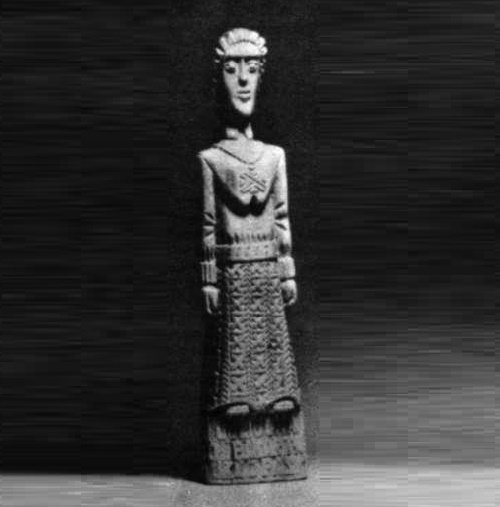
Deep linking of peasant culture with folk sculpture imprinted in the works of the old master Lionginas Shepka. His mother taught him to write and read. At first, he was a shepherd, then a plowman. He created his first sculpture at the age of 42 – it was a monument on the grave of a beloved brother. Shepka had a lavish decorative gift. All that the master saw in nature: flowers, plants, sun, stars – he transferred into the language of the ornament, which very often, like a carpet, covered the surface of the statue.
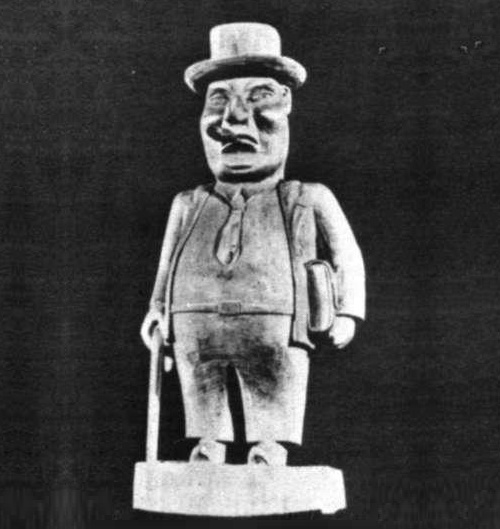
With a kind smile, people called Stasis Ryauba “eccentric of Samogitia”. In childhood he was drawn to the fair, where the boy eagerly listened to the colorful stories of folk heroes and the evil dragons, devils and witches. All he had seen and heard as bizarre spilled into grotesque sculptures of Ryauba, he began to cut from the age of 16 years. Fairy-tale characters coexist in his “portrait” gallery … even with millionaires. Master cheerfully ridicules paunchy American in a pot, with “the pig” eyes and a cigar in his mouth. It’s a laughter at satiety and greed.
Lithuanian Folk sculpture
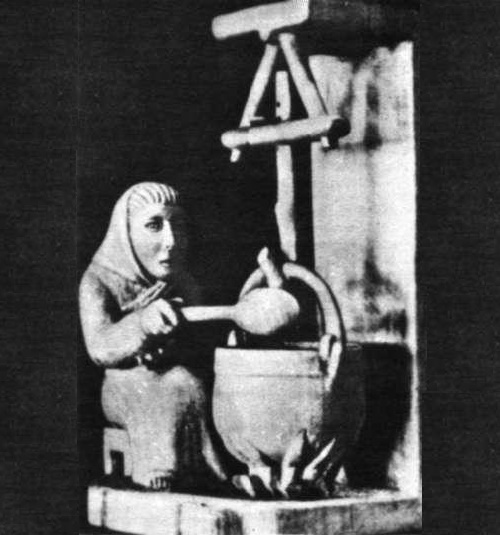
Creativity of Aleksas Mockus – a bridge laid from the old to the modern sculpture. When the wizard began to cut wood, he worked on the images of saints. Among his heroes were also Lithuanian literary classic characters, milkmaids, workers, and peasants.
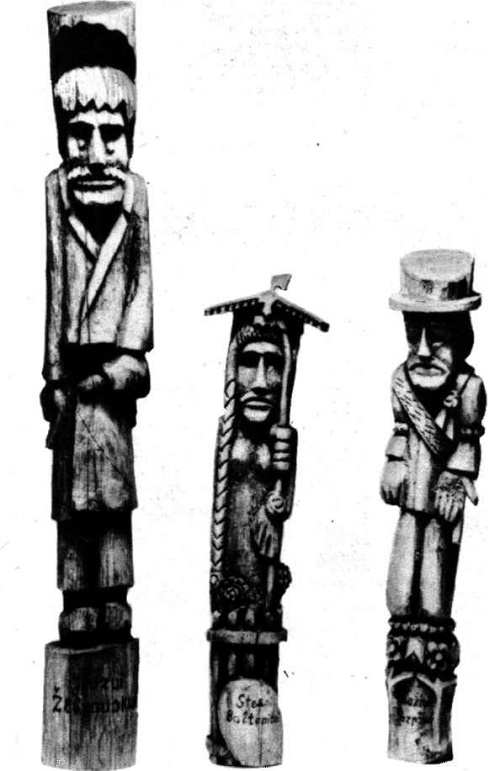
In 1972, in the village of Ablinga (near Klaipeda) was erected memorial complex dedicated to the memory of victims of the Nazi occupation of the village residents. This memorial was the first attempt to create a modern monumental sculpture, coming from tradition of Svirskis. Within a month, a team of folk artists created 30 six-eight-meter oak sculptures. Among the authors was Ipolitas Uzhkurnis, a former mechanic and a bricklayer. Model of the monument to those three killed in Ablinga stored at the Vilnius Art Museum. Master created figures referring to the tradition of the old memorial architecture.


